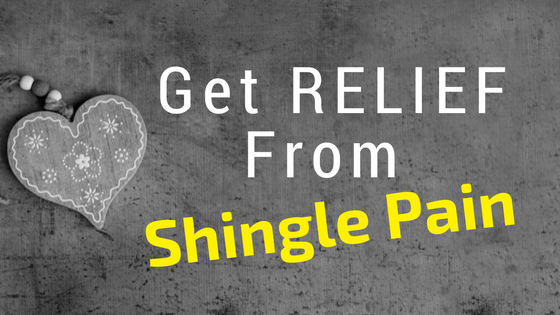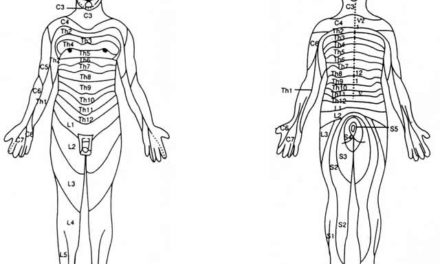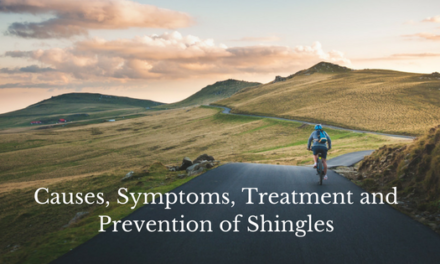[ad_1]
How to Get Relief From Shingles Pain
Shingles is a painful skin condition caused by the chickenpox virus called herpes zoster. Shingles is characterized by clusters of fluid-filled blisters running along nerve paths in the body. The blisters usually itch and may be painful to the touch. The affected nerves are responsible for the pain associated with shingles. Different drugs and medications can provide relief from shingles pain.
Pain Relievers
In general, over-the-counter drugs are sufficient to manage the pain of shingles sufferers. Most people take naproxen and ibuprofen to gain relief from pain. Some older adults, however, may suffer nerve pain so intense as to require strong prescription painkillers. The narcotic oxycodone, a prescription drug, can be used to treat shingles pain.
Anti-viral Medications
Antiviral medications can reduce the intensity and duration of the symptoms of shingles. These antiviral drugs include famciclovir, acyclovir and valacyclovir. They must be used immediately, preferably within 72 hours after symptoms start to appear, in order to control the infection.
Topical Pain Relief
Some people find shingles pain relief with topical medications. The topical anesthetic lidocaine is often effective in controlling pain and can be applied while sores are still active. Capsaicin cream can be applied when the blisters have crusted over. Topical aspirin or triethanolamine salicylate (Aspercreme) may also be used, as well as menthol-containing preparations such as high-strength Flexall.
Another topical analgesic that many neuropathic pain sufferers find very helpful is PainBreak®.
Request a free sample of Painbreak®, the topical analgesic that is bringing relief to thousands of postherpetic neuralgia sufferers.

Yes, thousands are getting relief who thought they never could…
now it’s your turn!
Note: as with all medications or therapeutic devices, caution should be used. Follow the manufacturer’s recommendations.
Home Remedies
Applying a cold compress to the blisters often brings relief from pain. Itching and pain associated with shingles can also be reduced by bathing in a cool tub with oatmeal or baking soda.
Persistent Shingles Pain
Even after the rash has healed, some patients continue to experience chronic pain. Postherpetic neuralgia (PHN) is a common complication in shingles sufferers. The painful irritation caused by the herpes zoster virus on the nerves can persist for months or even years. This kind of shingles pain can be extremely severe and debilitating.
The duration and treatment for the acute pain of shingles and the chronic pain of PHN are different. Shingles pain that is experienced at the initial outbreak usually responds well to treatment and is often short-term. In contrast, PHN takes longer to treat and is often incapacitating. It also occurs more frequently in older people.
The pain can be so intense that even clothing or a light touch cannot be tolerated on the affected area. PHN sufferers may lose the ability to perform their daily tasks and this may lead to loss of independence and depression. Oftentimes, many PHN sufferers receive no relief from their pain no matter what medication or therapies they use.
Treatment methods for PHN include topical analgesics, tricyclic antidepressants, gabapentin and opioid analgesics. A combination of different treatment methods is often used as no single therapy is one hundred percent effective. Using one or more of these therapeutic methods along with antivirals during the shingles infection can help prevent or reduce the pain and duration of PHN.
[ad_2]





